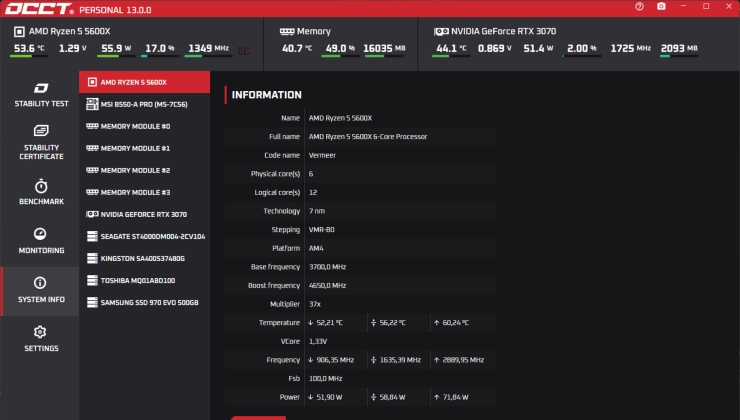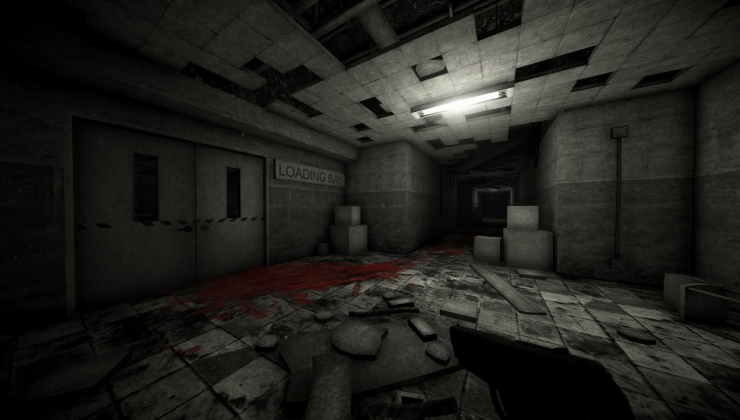
Security Onion is a specialist, security-oriented Linux distribution based on Oracle Linux. It is a free and open platform for threat hunting, enterprise security monitoring and log management. It includes custom interfaces for alerting, dashboards, hunting, PCAP, detections and case management. It also includes other tools, such as osquery (a tool for exploring and monitoring operating system data with SQL queries), CyberChef (a web application for encryption, encoding, compression and data analysis), Elasticsearch (a data search engine), Logstash (a data collection and processing engine), Kibana (a data visualization plugin for Elasticsearch), Suricata (an intrusion detection and prevention system) and Zeek (a software network analysis framework).
 .
. .
. .
. .
. .
. .
. .
. .
. .
.